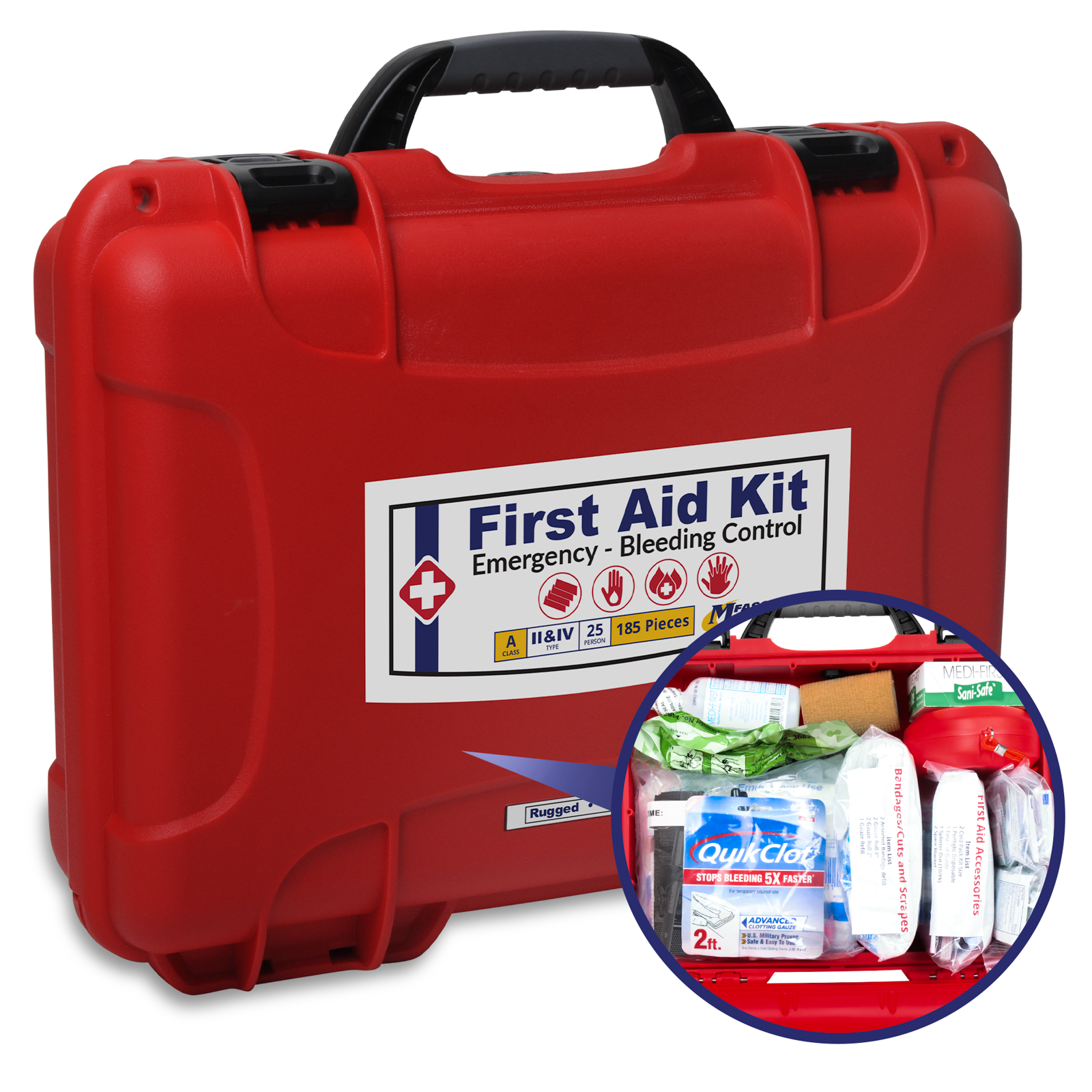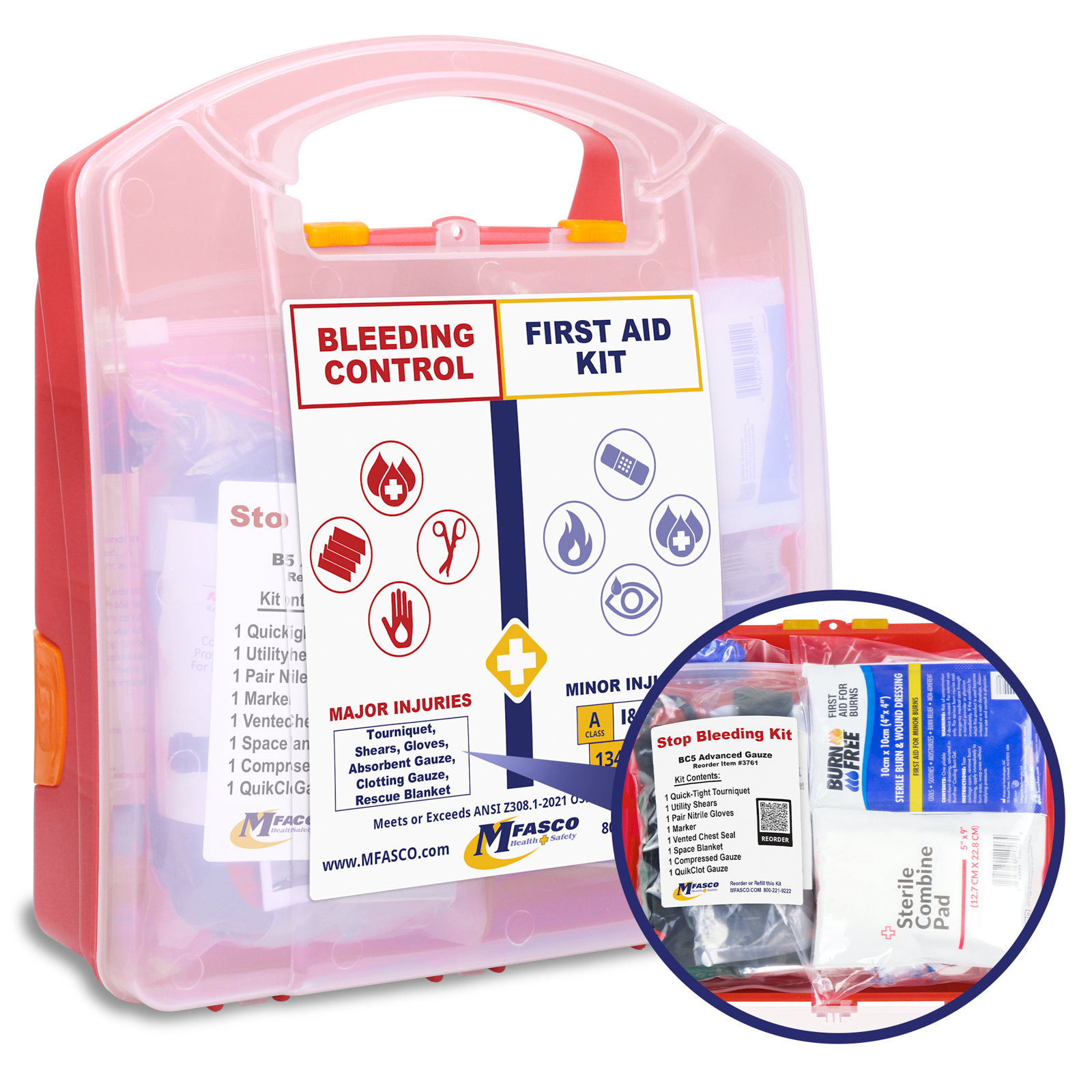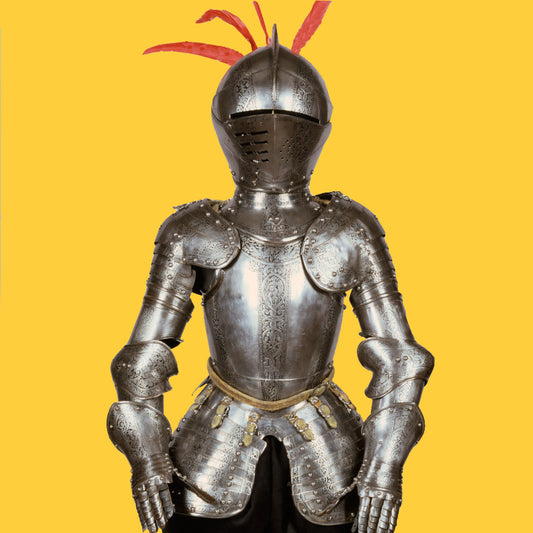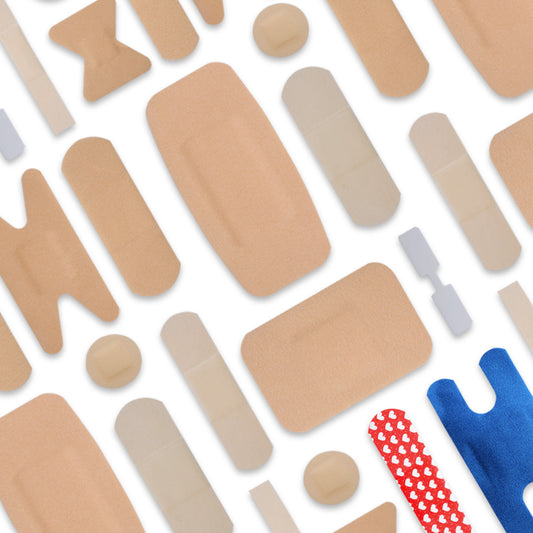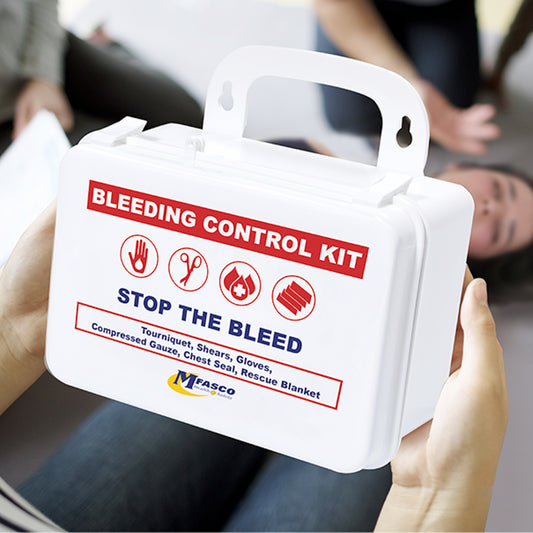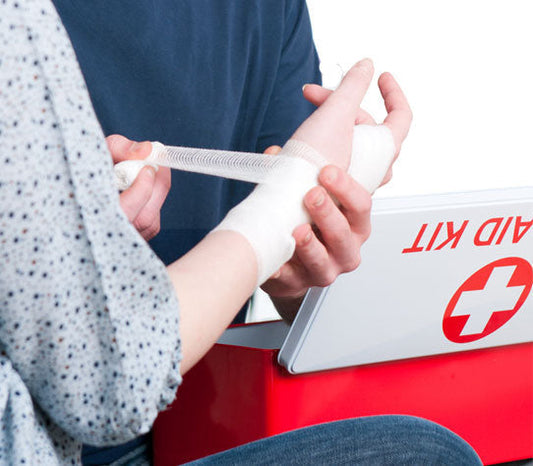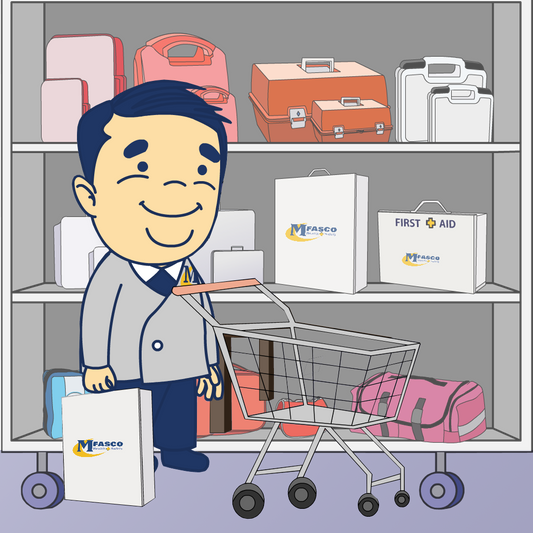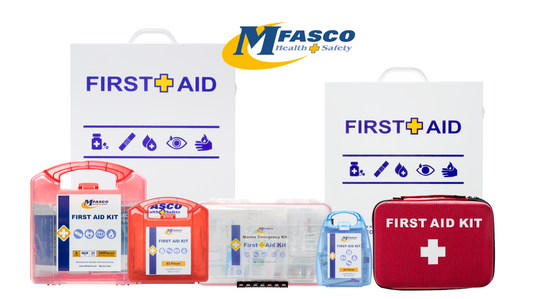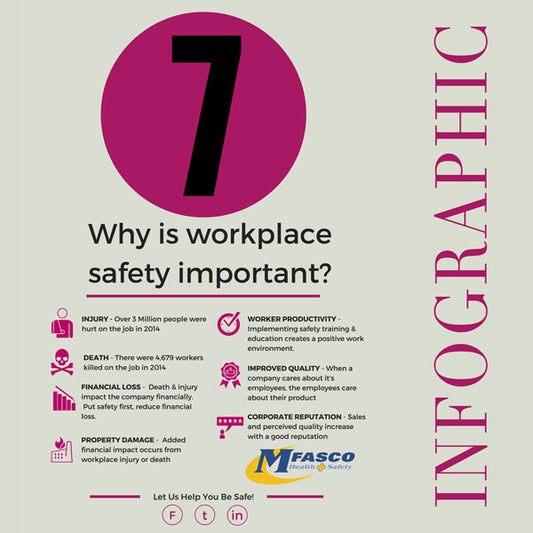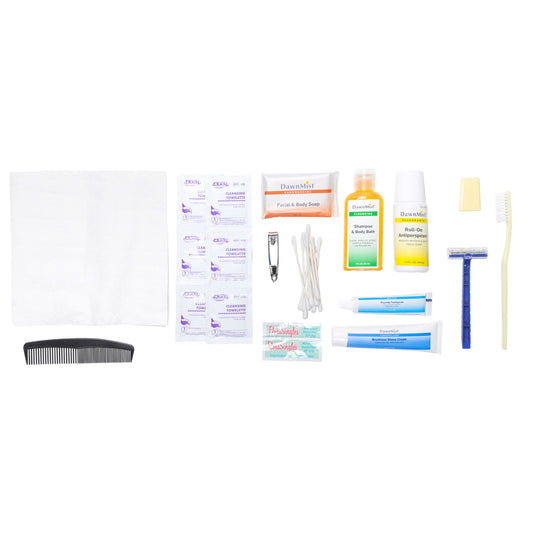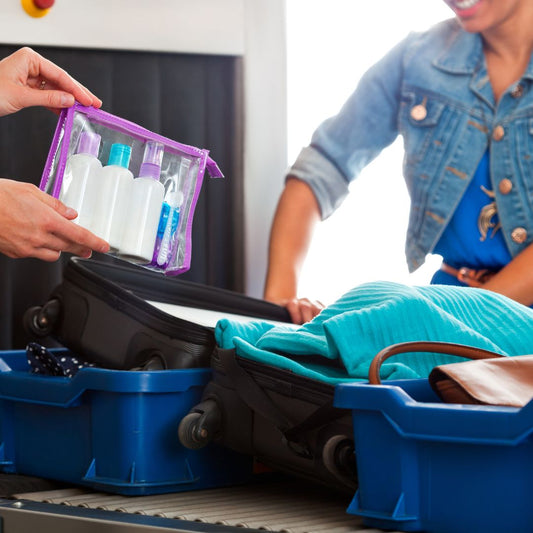What is Stop the Bleed?
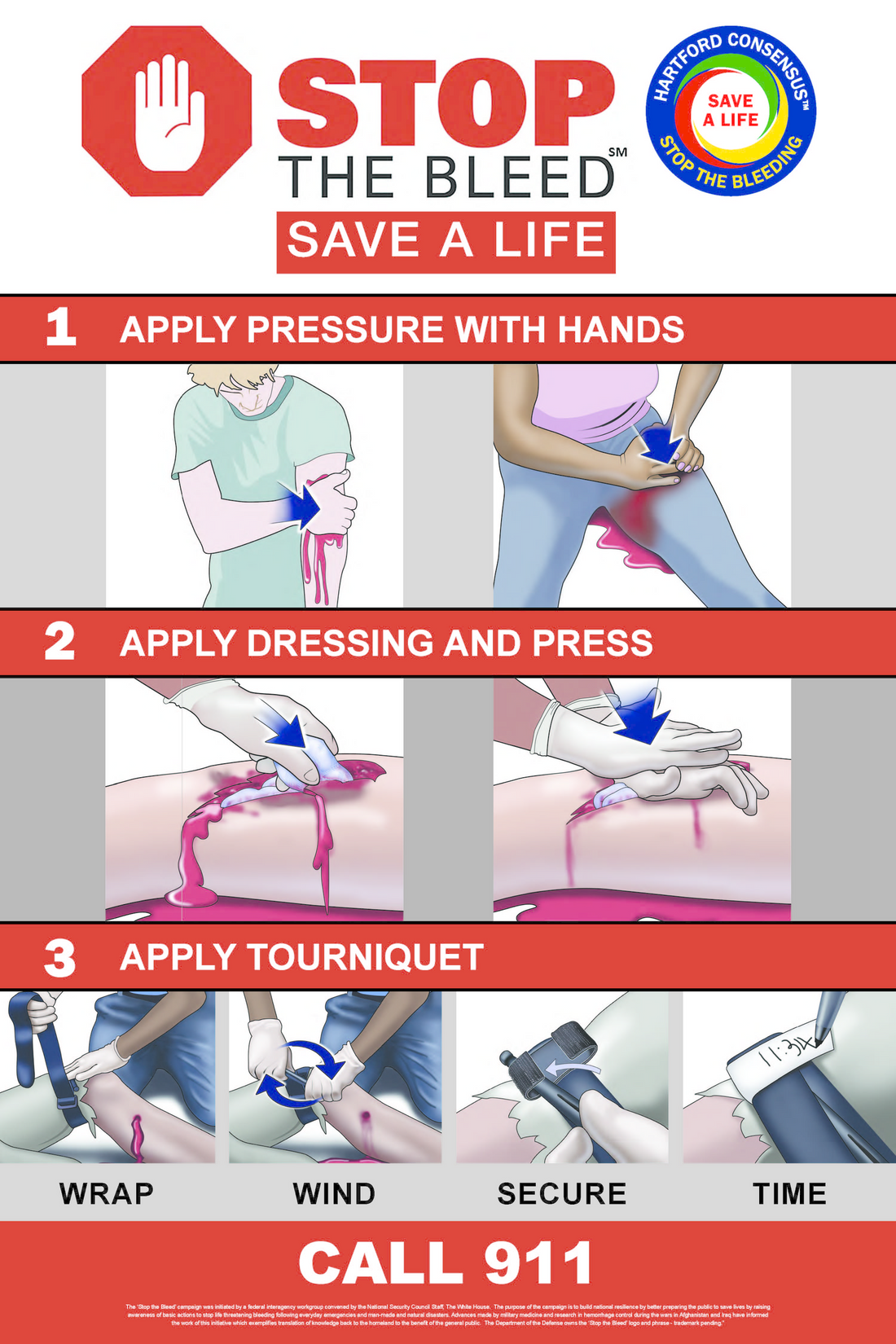
Because of emergency events like active shooter situations, mass casualty catastrophes, motor vehicle crashes, and home or work-related injuries, the awareness to know how to apply bleeding control is on the rise. A stunning statistic reveals that uncontrolled bleeding is the number one cause of preventable death during any trauma situation. Medical personnel and emergency responders aren’t always available or cannot respond fast enough to emergency bleeding victims and it’s been shown that a person who suffers a traumatic bleeding wound can bleed to death within just a few minutes. In each of these emergency circumstances, the lives of victims can be saved if bystanders learn how to apply basic first aid techniques to stop the bleeding.
The Stop the Bleed campaign aim is to do just that – Save Lives!
What is the “Stop the Bleed Campaign?”
A joint committee was established with the goal of creating a national policy that would enhance survivability from intentional mass casualty and active shooter events. The committee is derived from members of the American College of Surgeons, the National Security Council, the FBI, the US military, as well as local and national emergency medical personnel. Their recommendations, known as the Hartford Consensus, initiated the Stop the Bleed Campaign, which was designed to empower the general public to provide emergency care by teaching them the basic techniques of bleeding control.
What does the “Stop The Bleed” Campaign Include?
The emphasis of the campaign is to train and equip anyone who will respond in any emergency or mass casualty event to provide life-saving, bleeding control. There are 4 predominate points to the Stop the Bleed campaign
- Public awareness of the phrase “Stop the Bleed” and its associated logo
- Training to stop life-threatening bleeding in an emergency
- Access to personal bleeding control kits
- Availability of public access bleeding control kits in every place there is a potential for a tragic emergency situation
What does the “Stop The Bleed” Training Include?”
Just as individuals are trained in the methods to perform CPR or apply first aid, the Stop the Bleed campaign aims to have individuals also trained to stop blood loss. This includes accessing the emergency situation and training to apply tourniquets and emergency dressings to stop the flow of blood
How do I know if someone is bleeding to death?
In an emergency, any of the following indicates a potential blood loss sign that can be life-threatening.
- Clothing that is soaked in blood
- Blood that won’t stop coming out of the wound.
- Bandages that are soaked with blood
- Blood that is spurting out of the wound site.
- A confused or unconscious bleeding victim
- Blood that is pooling on the ground
What are the ABCs of Bleeding?
During Stop the Bleed Training you will talk about the ABC’s of bleeding which will help you to remember how to respond in a bleeding control situation. The ABC steps are:
- A - Alert Emergency Personnel - Call 9-1-1
- B - Bleeding - Locate the bleeding injury
- C - Compress - Apply pressure and compression to stop the bleeding
Who should be Trained for “Stop the Bleed”?
Unfortunately, history has shown us that we never know when or where an emergency situation or mass casualty event will occur. We’ve seen it happen at outdoor concerts, schools, workplaces, and places of worship, which is the primary point of the Stop the Bleed campaign. Because we cannot be sure of when or where it will occur again, it’s important for people from all walks of life to be trained in life-saving bleeding control techniques. The Stop the Bleed campaign is all about reaching, educating, and training as many people as we can.
What are the minimum contents of a bleeding control kit?
There is no mandated requirement for a bleeding control kit but all will include supplies for stopping the flow of blood. At a minimum, your bleeding control kit should include:
- Tourniquet - stops the flow of blood to limbs
- Compression Bandage - to apply pressure and stop blood flow
- Compressed Gauze - to pack wound site and stop blood flow
- Trauma Shears - to cut away clothing to access bleeding wound
Bleeding control kits vary in contents and price. The differences come from the selection of products included in each kit. There is a wide range of products available to stop blood flow with the most important item being a good tourniquet. Whether you prefer a military-style tourniquet or an easy-to-use wrap-around tourniquet, find the one you are most comfortable and familiar with using so that you can be ready to use it in the event of a bleeding emergency.
Information about the “Stop The Bleed” Campaign and bleeding control as referenced in this article can be found at https://www.bleedingcontrol.org/resources/how-to-stop-the-bleed. The Stop The Bleed Poster was created by bleedingcontrol.org. The ABC’s of bleeding control and other educational webinars provided by medical professionals are available at http://www.emscimprovement.center
Bleeding Control Products & Accessories
MFASCO's Make a Kit Tool
Bleeding Control Kits
Emergency Supply Products
Additional Resources for Bleeding Control & Supplies
Stop the Bleed Booklet
Who Can Respond and Control Bleeding
Essential First Aid Kit Supply List
Contributing Expert

Mike Brinker
Mike Brinker has been working in the first aid industry for over 35 years. He has worked with thousands of businesses,groups, and organizations to provide a healthy and safe work environment. Mike helped create “Make-A-Kit”, the internet's only online first aid kit creation tool. He has also authored many helpful first-aid and safety-related resource articles found at the MFASCO Learning Center.

